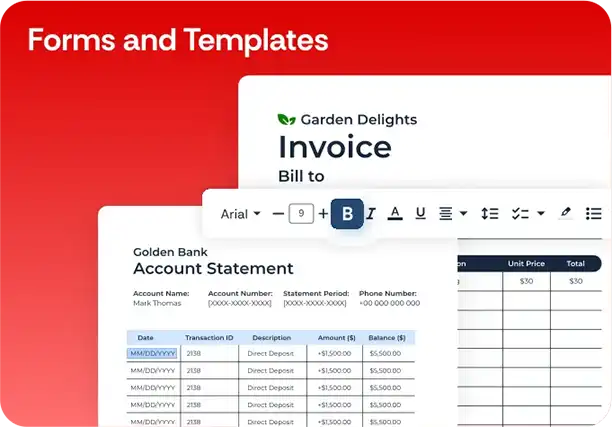The purpose of this form is for employers and employees to submit information on income derived from part-time, temporary or freelance work. It is a multi-part form, consisting of seven pages that need to be filled out to report various sources of income. It is the responsibility of the employing company to send this information to the employee or contractor, to retain records and to submit to tax agencies.
2016 1099 form Template
Stop searching and find out why people love the ease of creating beautiful and legally compliant 2016 1099 form with PDFSimpli.









